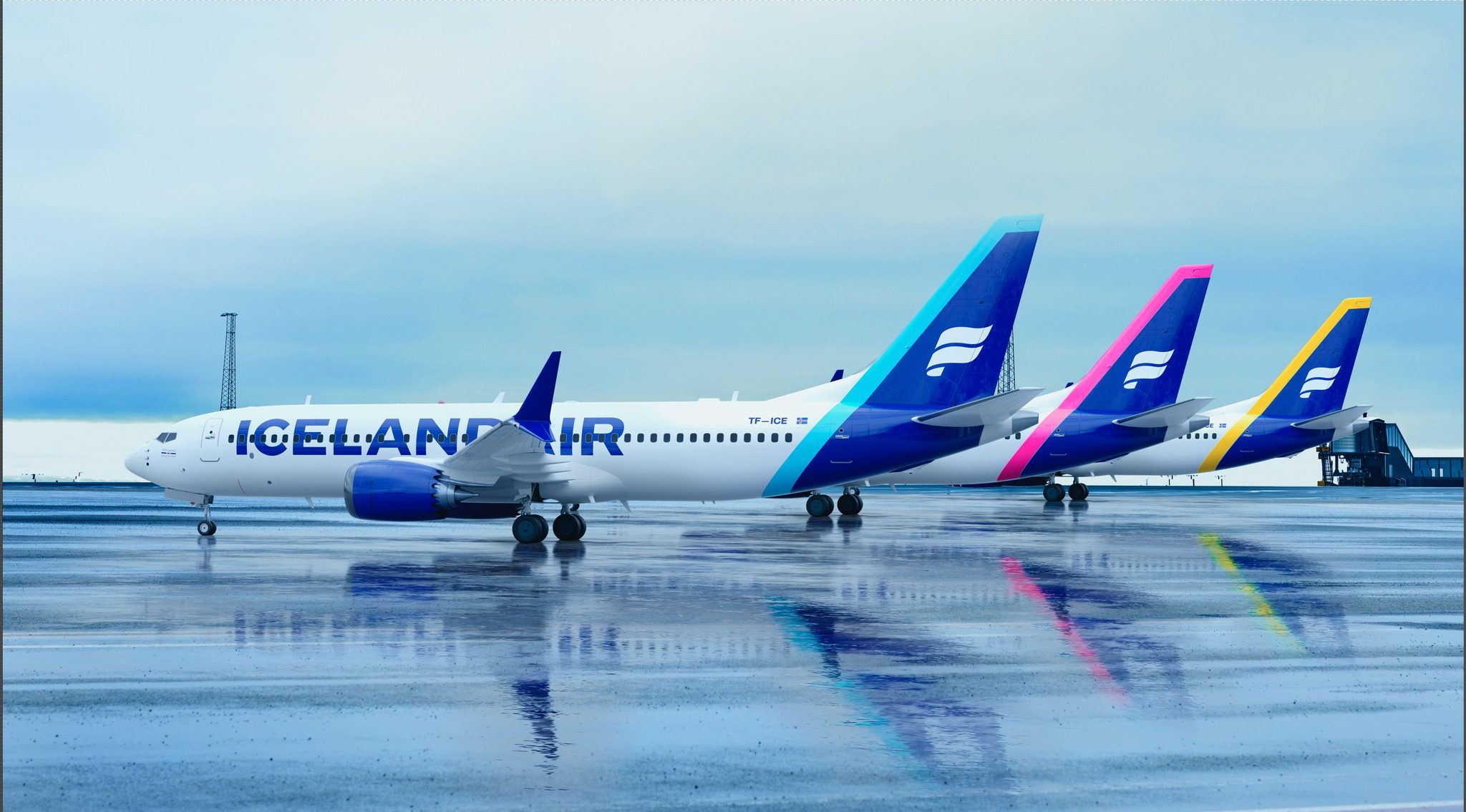
272956688 10158116678926557 6091978537621646751 n
Icelandair is preparing for a strong summer that should accumulate net profits for the second and third quarters, but the outlook after that remains uncertain. Therefore, the carrier isn’t offering full-year guidance, it said on April 29 in its Q1 earnings presentation. Icelandair bullish on strong summer but cautious after that.
Icelandair reported a $49.7 million net loss for the first quarter compared to $-30.1 million in the same period last year. The operating loss/EBIT was down to $-58.3 million from $-46.2 million. High fuel prices impacted operating expenses by $37.5 million, with total expenses down to $-190.4 million from $-75.4 million. Higher salaries and wages of $66.2 million from $35.3 million also contributed to the higher expenses, but this reflects an increase in its workforce from 1.551 in Q1 last year to 2.486 now.
On the positive side, revenues improved to $-158.7 million from $-57.3 million last year, of which $92.7 million was from passengers (2021: $11.2 million) and $22.5 million from cargo ($23.1 million). Despite the effects of the Omicron infections, Icelandair produced a 67.2 percent load factor for the quarter but even 74 percent in March.
Icelandair is seeing strong bookings for the current and coming quarter that should help push load factors even higher. After operating at 58 percent capacity in Q1, the carrier expects to operate at 77 percent capacity of 2019 levels in Q2 and 85 percent in Q3. Demand for traveling to Iceland is getting stronger, with 47 percent of all traffic in Q1 coming from passengers that explicitly wanted to visit Iceland. The ‘via’ market for passengers who travel between Europe and North America and make a short stop in Iceland is recovering at a slower pace, reflecting Covid restrictions.
Growing competition on the travel market in Iceland
While Icelandair is bullish on the recovery this summer, it is aware of growing competition. It says that 24 other airlines are offering flights to Iceland this summer as they have shifted capacity from elsewhere. At home, the airline is seeing increased competition from Play which entered the market in 2021 and is adding new routes on almost a weekly basis now. In April, Play entered the market in the US, having previously focused on Europe only. For most of 2021, Iceland was closed, resulting in Icelandair calling on the government to ease travel restrictions and reopen borders.
Icelandair is seeing continued strong demand for cargo, both import and transit, although Q1 was a bit lower than expected as it transported less fish. The airline is offering cargo capacity to new short-term lease projects to assist its own and long-term lease obligations.
With fuel costs expected to remain up for the foreseeable time, Icelandair has restarted to hedge part of its expenses. It fully stopped hedging during the pandemic but has now entered contracts that cover 24 percent in Q2 and eighteen percent in Q3. Icelandair ended the quarter with $383 million in liquidity, including $52 million in undrawn facilities. In February, it terminated a $120 million government-backed credit facility that was still undrawn. Given the uncertainty after Q3, the airline isn’t offering full-year guidance. Icelandair ended 2021 with a $104.8 million loss and said in February it hoped to produce a full-year profit for 2022.
On the fleet, Icelandair will take delivery of three more Boeing MAX this summer. The fuel efficiency of the type has helped to reduce fuel costs in Q1. In the first quarter, it already took delivery of two MAX 8s and one -9s, of which two were part of a sale and leaseback. The cargo fleet will see the addition of two 767-300 freighters in Q4.
Views: 0



